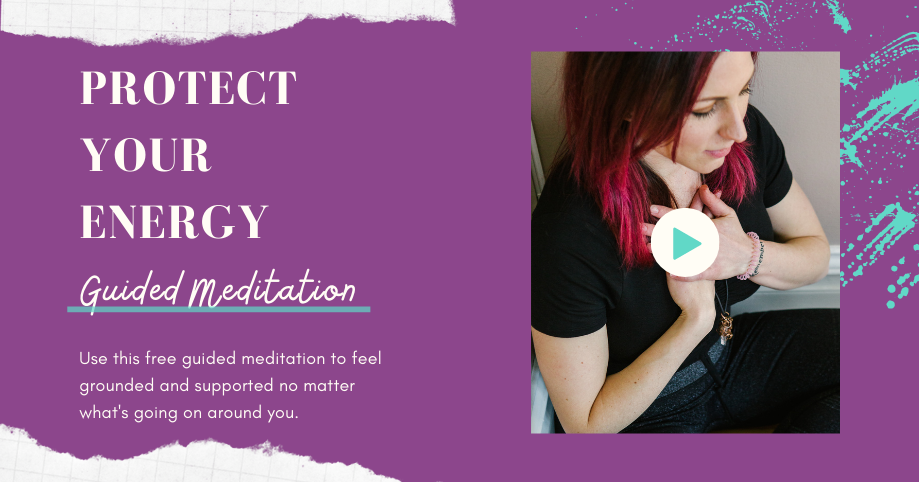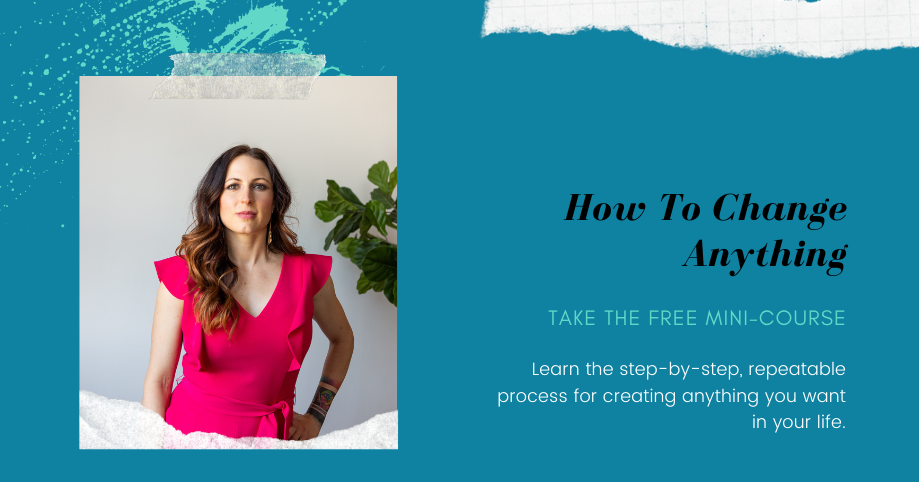Is work-life balance a real thing?
After a couple of decades in the working world, I’ve asked myself this time and time again. Do people really have a work-life balance? How do you do it? Is it sustainable?
I tend to err on the side of optimism, so I will say that I believe work-life balance CAN exist, but it may not look like what you’d anticipate. There’s no one-size-fits-all mold for balance, it’s more of a dance. Once you know the steps, you’ll be able to recreate it for yourself no matter what’s going on – whether it be a pandemic, a new job, or learning to work from home.
First of all, let’s define what work-life balance looks like.
This is individual to you, so ask yourself these questions to get started:
- What would you like more time for in your personal life?
- What areas of your work are draining you?
- What control do you have over your work schedule?
- How can you conserve your energy at work?
- How can you protect your energy at home? (psst, if you’re looking for ways to protect your energy and feel more grounded, you might like my free guided meditation linked below!)
When you get clear on which areas in your life are violating your sense of balance, you’ll be well on your way to establishing a better equilibrium for your work and personal life. Noticing the ways in which you are OUT of balance can help you start to take steps to swing in the opposite direction.
Set A Boundary
Once you’ve determined the areas where you’re feeling overworked and the activities you’d like to see MORE of in your personal life, it’s time to set some boundaries. You’ve probably heard this buzzword a lot lately, so let’s define it for context.
My preferred way to think about boundaries when establishing work-life balance is like this:
Boundaries are clearly defined statements, rules, and actions that support your wants and needs.
In the context of work-life balance, you’ll use boundaries to protect your time and energy and to advocate for what you want and need. This sounds pretty simple, but boundaries are REALLY EFFING HARD to communicate. In general, use these tips for communicating your boundaries to create a work-life balance:
- Get as CLEAR as possible about your desired results for your boundary.
- Employ the use of technology to support you (use calendars, reminders, and digital well-being controls to help you enforce your boundaries).
- Get your mind on board when you’re communicating with others. Many of us are nervous to communicate boundaries so they can come out half-heartedly or with a negative tone – often because we’re anticipating the other person’s judgments. Remember this: your tone will help others decide how to receive your information, so if you can tell someone with a smile, No, I’m not going to do that extra project, but THANKS!!! You’ll feel better, the other person will feel better (maybe a bit confused at why they feel good about it), and you don’t have to walk around feeling guilty about saying no. Celebrate your boundaries and the people in your life who are your true supporters will celebrate them with you.
Fill The Gaps
When you’re done setting boundaries, it’s time to think about what you want MORE of. Your boundaries are protecting your time and energy, so now what? In general, if you don’t find a tangible replacement for the time and energy you are spending working, you’re more likely to flounder in your new free moments and revert back to your old behaviors. Choose something you’d like to do instead. What would help you feel more balanced? What do you want more time/energy for in your personal life? Schedule those activities for yourself with TOP priority in your calendar. Having a tangible commitment to yourself will help you feel more balanced and productive at the same time.
The key to work-life balance is this: constantly assess your wants and needs, set new boundaries, and let the old ones go. Balance is a moment, not a permanent state, so remember to return to it and assess what you need as you go so you’re not ever swinging so far out of balance that you’re feeling lost or drained. If you’re having trouble with boundary-setting, you’re not alone! So many of my clients struggle with this at first, so if you’re in that camp, schedule a free consult call with me, and I’ll hook you up with my best advice to get you started.
–
–



View comments
+ Leave a comment